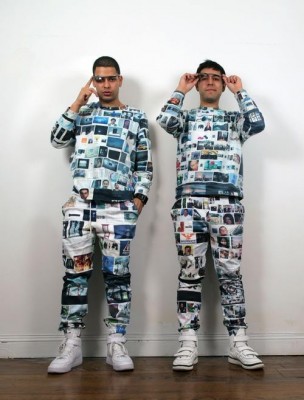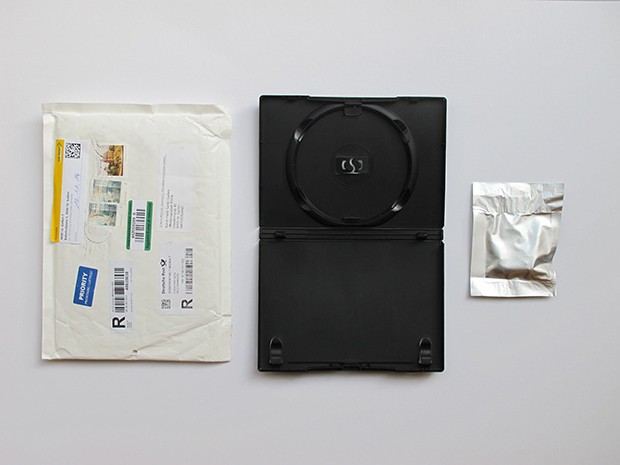Foreign Nature
Julius Horsthuis created an immense and detailed fractal which he navigated and rendered for the Oculus Rift. I like this project because I like digital art that doesn’t borrow too much from reality, but instead creates its own. It is also interesting to see that a fractal can be so complex. This project makes me want to look into fractal art and algorithms. Also, I appreciate the lighting, material, and other environmental work put into the render. While the structure imposes impossibility, the render makes it feel more realistic.
Article: http://thecreatorsproject.vice.com/blog/now-you-can-explore-a-fully-3d-fractal-universe-with-oculus-rift

Specimen Box
The Office for Createive Research created an interactive audio-visual piece that visualizes and sonifies the activity of botnets. I found botnets to be a great resource for data in an information visualization piece. I found the interface and interactions to be vibrant and smooth. I appreciate the color scheme, and all-in-all the interface seems very well designed. I do think however, that the sonification of the data to be useless. It sounds only like noise, because it has no audio basis, and the noise gives the user no indication or further understanding of the data. In my opinion, if the piece is to help understand in inform users about the data, this is clearly a mistake. Perhaps the data could be extrapolated in some interesting way to create something more informative/musical.


